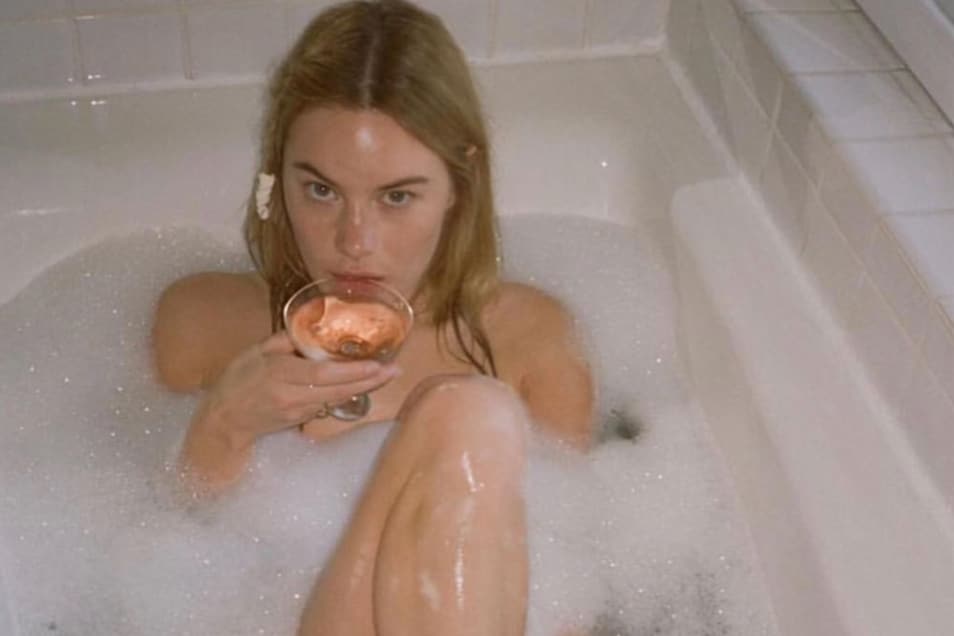
The pantheon of sports and spectatorship has officially come to an end. With the conclusion of the Parisian Olympic Games, we can celebrate our own medley of wins and many a moment of yore. The legendary sporting event was rife with historic wins, pop-culture gold and even fashion imagery seared into the back of our brains. For female athletes, many netted the public eye. There was South Korean Medallist Kim-Ye Ji's sharpshooting flair, to the uncontested, indomitable Simone Biles with 11 Olympic medals under her belt. From our own turf, fourteen-year old Arisa Trew claimed the title of the youngest Australian gold medallist and canoeist Jess Fox who paddled to gold.
Women’s sports are currently experiencing an unprecedented surge, attracting both fans and investors alike. Yet a murkier message arose. While the Paris Olympics might have been the most gender-equal, pitfalls regarding the treatment endured by female athletes have been on the rise.
Account after account of discrimination, bullying and gender-based controversies have erupted out of the ceremony. This year, the statistics and stories have proven it so: the championing of women in sports seems to hit a limit when the constitution of womanhood and how that takes form is called into question.
Imane Khalif rises above
Perhaps the most storied of controversies that have erupted out of Paris have happened within the boxing ring. Algerian competitor Imane Khalif has become the main subject of discriminatory-laden attacks. Khalif, a cisgender woman, has been at the centre of a smear-campaign of bigotry and transphobia. Khalif's biological orientation was a topic hotly contested online. Her legitimacy as a competitor started with Italian boxer Angela Carini's decision to bow out in their initial Olympic match on the basis of an unfair match-up. Carini has since withdrawn her statements, but the damage had been done.
Gendered misconceptions labelling Khalif as a man masquerading as a cisgender woman took the internet by storm. The International Olympics Committee (IOC) have condemned the attacks as baseless. Yet matters of Khalif's appearance and stature continued to drum up disinformation about alleged male participation in women's sports. Crucially, this is all occurrent in an Olympics competition which has banned trans women and hijabi women from competing nation-wide according to French laws. While trans women who transitioned pre-puberty may compete, the conditions to entry are not clearly defined for transfeminine athletes.
All women in sports
Further indictments have been levied against Taiwanese boxer Lin-Yu Ting, whose gendered presentation has also amassed scrutiny. Both boxers previously accused by the Russian International Boxing Association (IBA) failed unspecified gender eligibility tests in 2023.
The IBA has been stripped of its titled associations in boxing since 2019. While the IOC also does not recognise it as an associative body in full-contact sports, reports have reached fever pitch decrying men in women's sports.
In media, fears about contentious womanhood are routine dog-whistles. Trans women, women of colour, and even women with naturally higher testosterone have to compete for their position in sports. This battle over the visual economy of 'femaleness' in sports has always existed to protect only a margin of women. The desire for women's safety in sports should encompass all who sit outside narrow parameters of femininity, like Khalif and Lin. It should drive discussions of inclusivity and eliminate harassment. The weight of representation should not fall on either women to quell the verbal abuse directed at the basis of their womanhood. While Khalif has since filed for legal representation for the harassment she has faced, Lin has limited her public commentary on the controversies.
On that note, she joins Khalif on the raised podium for gold in the women's featherweight boxing division.
Funding and figures
The full time gender pay gap in Sports and Recreation Activities sits at 30.6 per cent in Australia. This number peaks at almost double the national average. Yet times have changed, and the numbers are reflective of this paradigm shift. Seven out of ten people globally watch women's sports. Approximately 35 female commentators were hired by the Olympic Broadcasting Services to spectate. This increases the percentage of female commentators to nearly 40 per cent. The rising numbers indicate an 80 per cent increase compared to Tokyo 2020 and over 200 per cent from Rio 2016. If representation of women's sports continues to spike, women’s share of coverage could reach 20 per cent by 2025.
Yet the coverage is not indicative of the investments. Many athletes have resorted to crowdfunding, turning to the general public to contribute to their journey to Paris. Only 26 per cent of Australian Olympians receive ingoing support from an accounting sports body. Athletes in Australia are supported through various channels — targeted government grants, corporate and philanthropic platforms. While the Matildas history-making journey to the World Cup drummed up enough momentum to challenge the status quo, more support from the government will only bolster our athletes in this nation.
Prime Minister Anthony Albanese has said, “We want women and girls everywhere in Australia to have the facilities and the support to choose a sport they love.”
It is up to the government to make that amenable to our athletes, particularly amongst the women who represent us. Within the largest sporting phenomenon of the world, female athletes must be uninhibited to compete on their terms. Now more than ever, the status of women's sports cannot be curtailed by racism, discrimination and financial inequalities. Women in sports have come a long way. Let us celebrate it with indivision.



